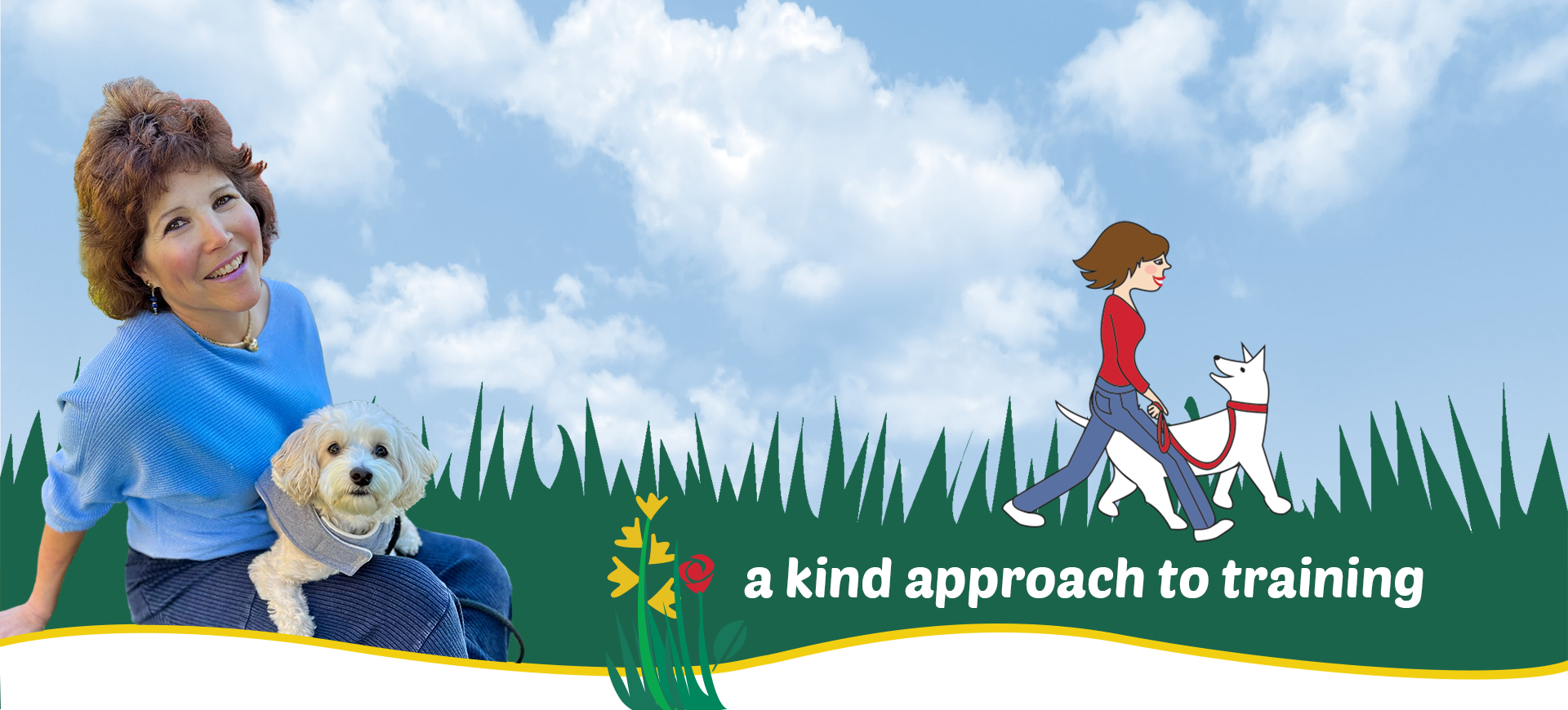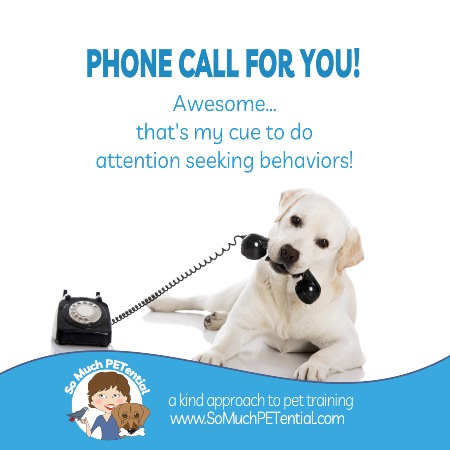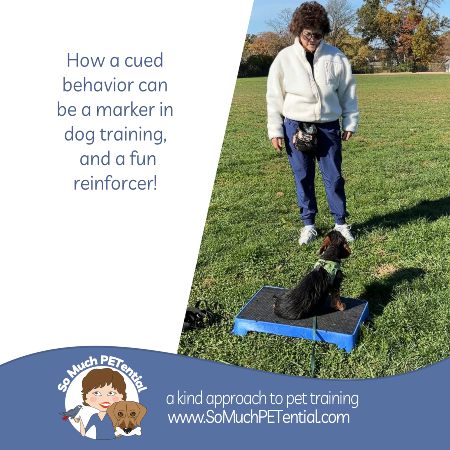Gayle and Joe called me to help with their soft coated wheaten terrier adolescent, Pyper, because she would not do what they asked including, and most annoyingly, that she absolutely would not come to them to come inside from the outdoors. They also were not able to walk Pyper as she would pull them on a taught leash toward whatever had caught her eye. Their other dog, schnoodle Bailey, had a barking issue.
As it turned out, when I got there, there was also an issue between the dogs. Bailey for the most part ignored Pyper, and was very clear in letting her young sibling know she did not want him near her when she had bones, was on the back of the couch (where she spends a lot of time) or when she was on Gayle and Joe’s bed. She communicated this with tight body muscles, a stare, a growl…or recently worse. The humans in this household have had to break up fights numerous times.
 Most of the time Pyper was good about heading her body language and backing off but when Pyper was doing what puppies can do – running around with a lot of energy – she often did not pay attention, jumping on the bed or couch where Bailey way laying down, which is when the dangerous encounter ensued.
Most of the time Pyper was good about heading her body language and backing off but when Pyper was doing what puppies can do – running around with a lot of energy – she often did not pay attention, jumping on the bed or couch where Bailey way laying down, which is when the dangerous encounter ensued.
Things have changed so dramatically in this household since my first visit. I used Pyper as my demonstration dog for a recent community talk and did everything I asked of her, even turned her attention away from audience members to walk with me on a loose leash. Gayle and Joe got there a few minutes later than expected because, Gayle told me, she had to stay home and watch. That very day, for the very first time EVER, Bailey not only tolerated Pyper, she invited Pyper to play. I saw it on video and it was beautiful. Gayle just texted me on their way home from a Florida vacation with a photo of the two girls cuddling. Gayle’s message reads, “The girls have plenty of room to find their own space…but Bailey chose to snuggle up with Pyper on the carried home! We even found them together in the open crate this morning as we woke up! They are slowly getting more like sisters. Bailey is beginning to accept Pyper after almost two years.”
Stories like this make my heart sing. They are a big reason for finding so much fulfillment in this dog training work.
How We Got There
Management was a very important part of our behavior modification plan (that we are still working on) between the two dogs, as, in order for us to teach Bailey a different association with her sibling, we needed to prevent incidents of Pyper going where she wasn’t wanted when she was in more active states of mind. Gayle and Joe also got a lot of enrichment toys and did enrichment activities with the dogs; and learned how to build value in their dogs wanting to listen and pay attention to them through activities the dogs enjoyed (as seen by body language and interest in participating). Meanwhile we began training behaviors in positive ways.
On the first appointment we mostly worked with Pyper, teaching her in a new way that coming when called or paying attention to Gayle and Joe resulted in a fun game with them; and that laying down and staying down when asked also resulted in high value treats or another activity that she values. Since Pyper also would often do anything BUT come inside when called, if she was in the backyard sniffing, running around, or observing the world, we also worked brainstorming activities of value to Pyper that would be worth her making the choice to leave the outdoors when asked.
The following appointment we continued to build on those behaviors, including being able to call Pyper away from Bailey or off of furniture while teaching Bailey that Pyper’s presence caused Bailey to get tasty treats. At one point in this lesson – after the management and other training had been put into place – Bailey actually chose to come down off the couch next to where I was working with Pyper. I taught Bailey to lay down also, which she did with loose body muscles, and she stayed in that position while we spoke.
Gayle told me that just these changes already has meant seeing Pyper paying more attention to them, coming inside easily, going for walks on a loose leash, and seeing Bailey choose to spend more time in close proximity to her canine sister.
We still have more lessons to go but it is just incredible to see how the relationship between all of them has changed and grown.







